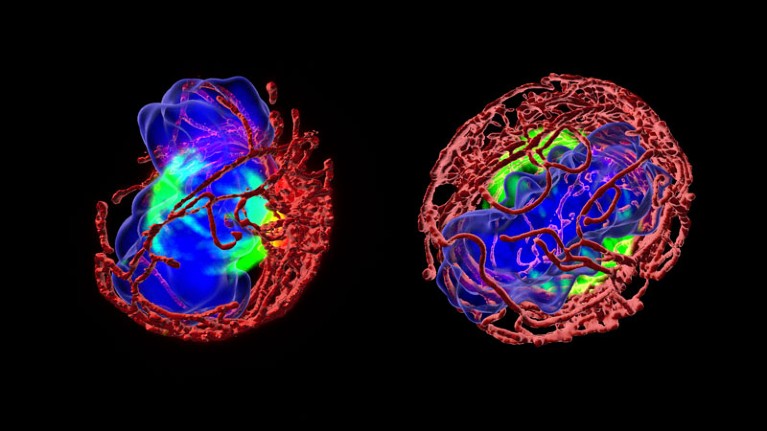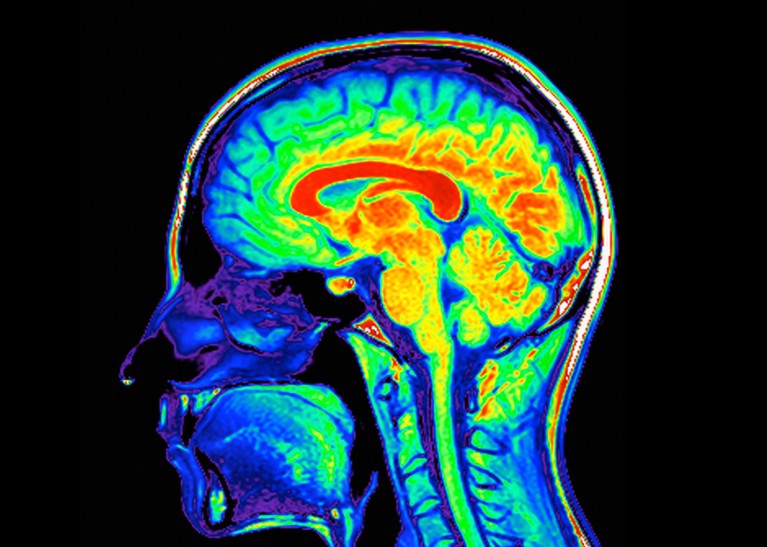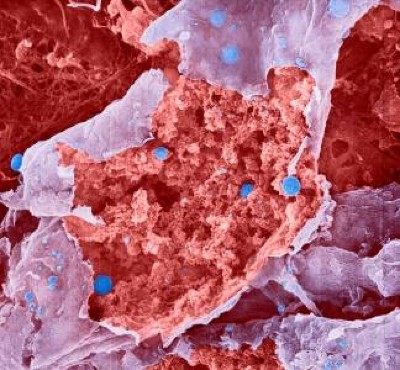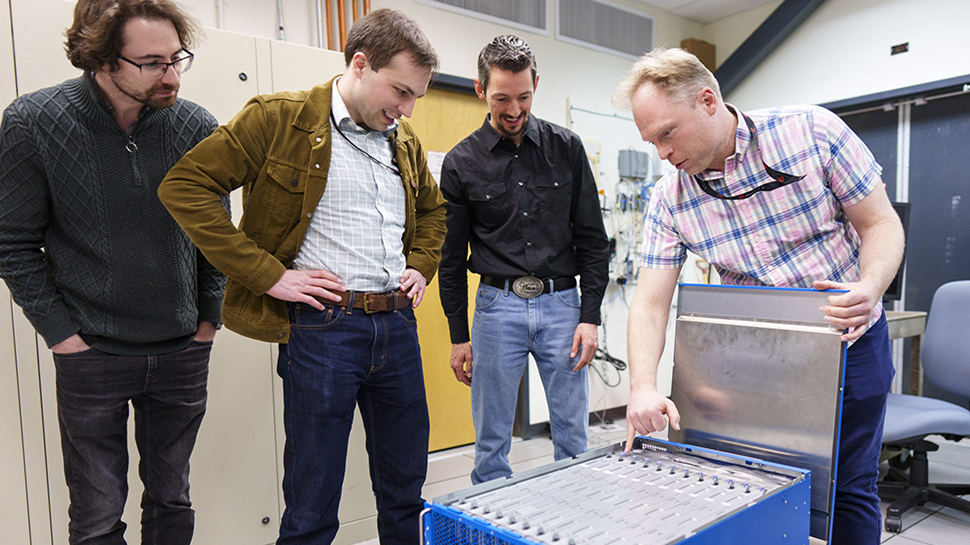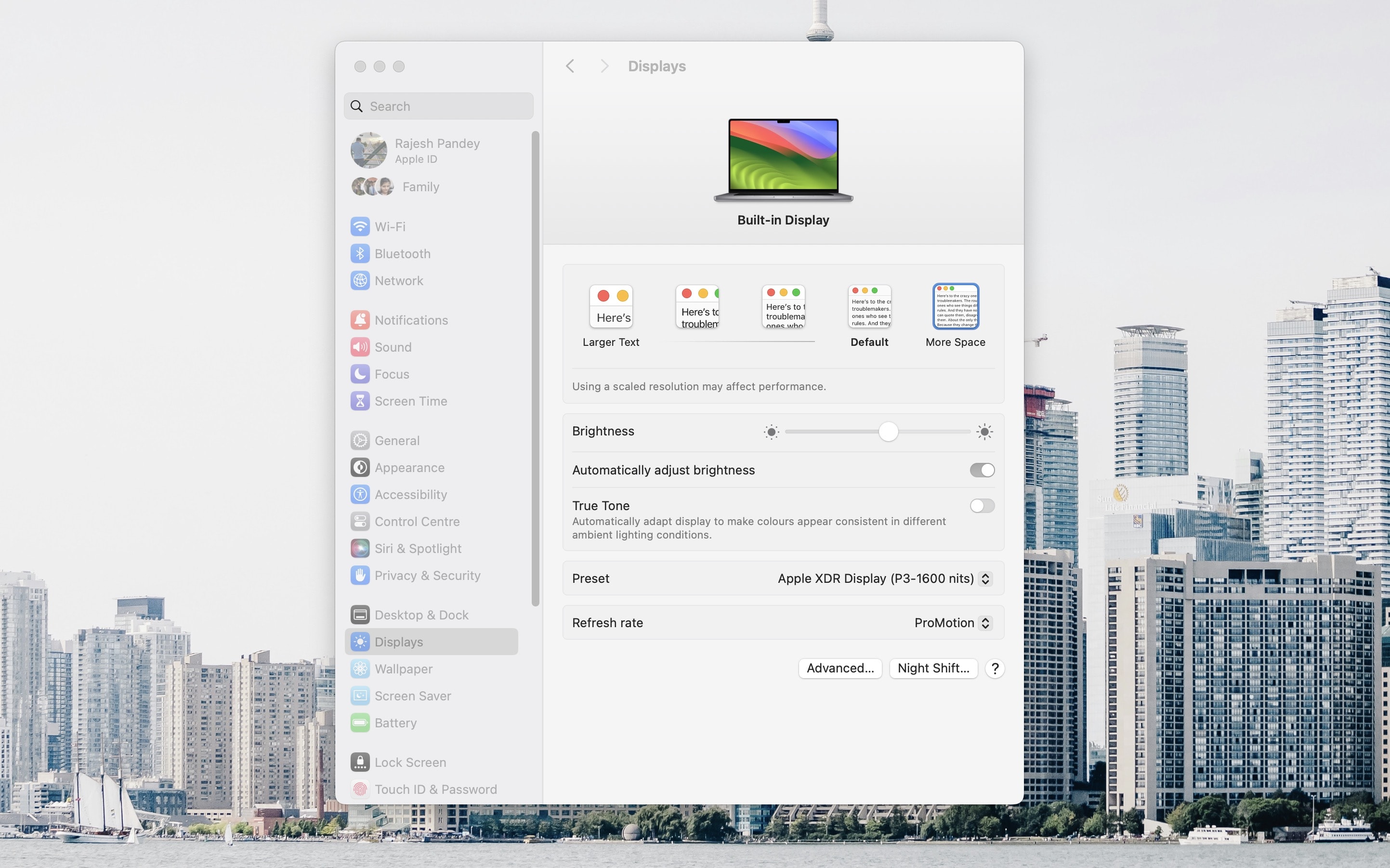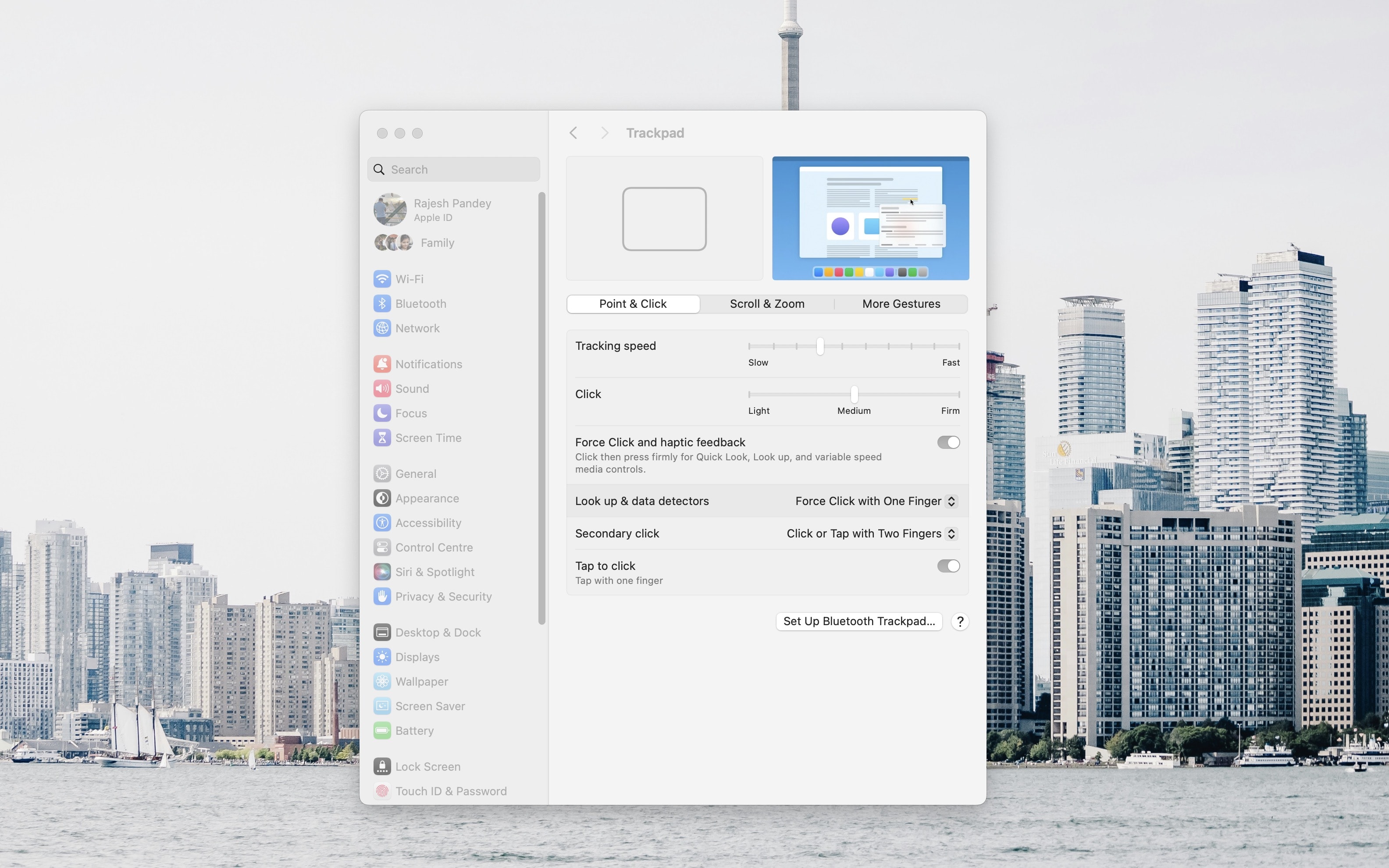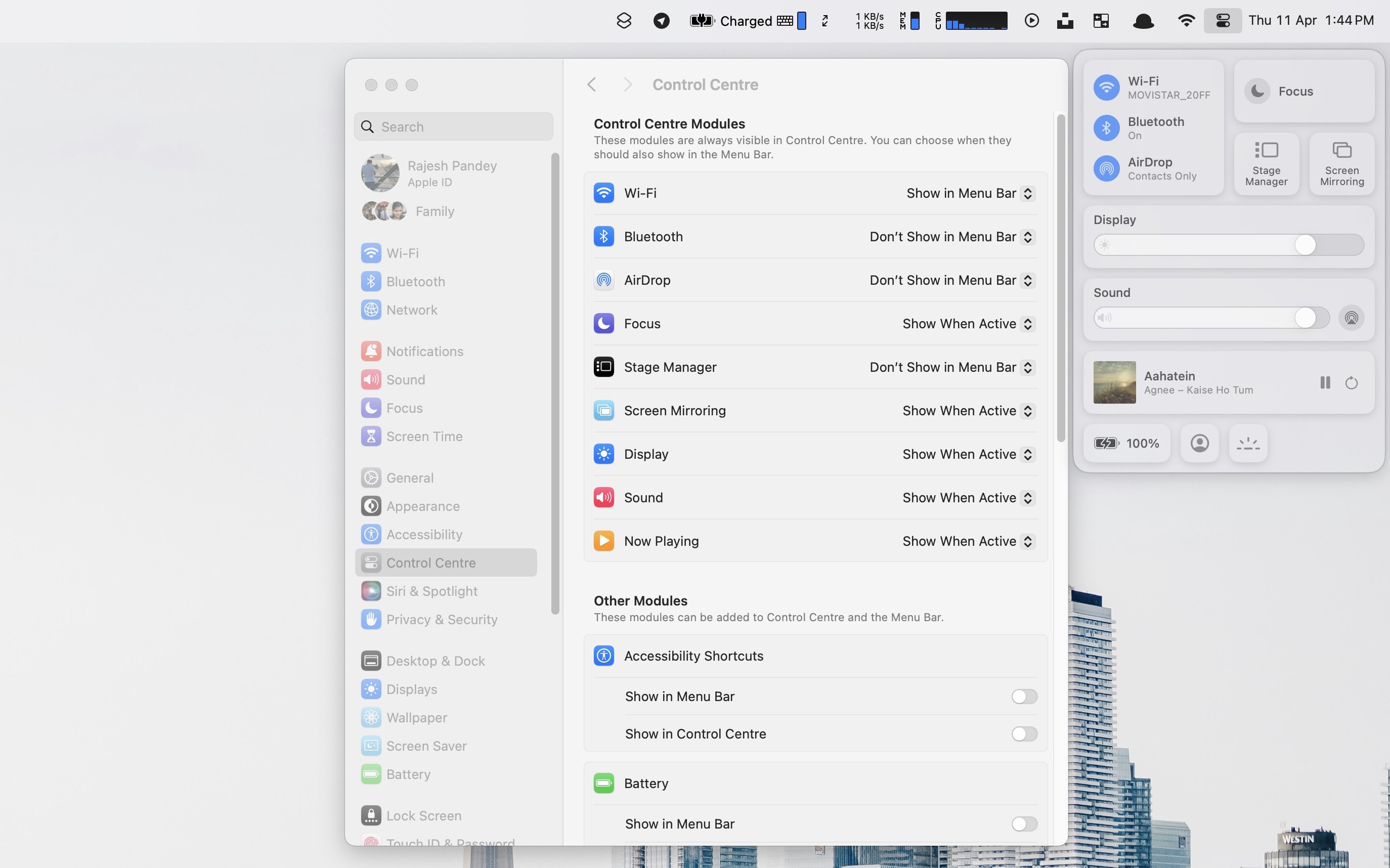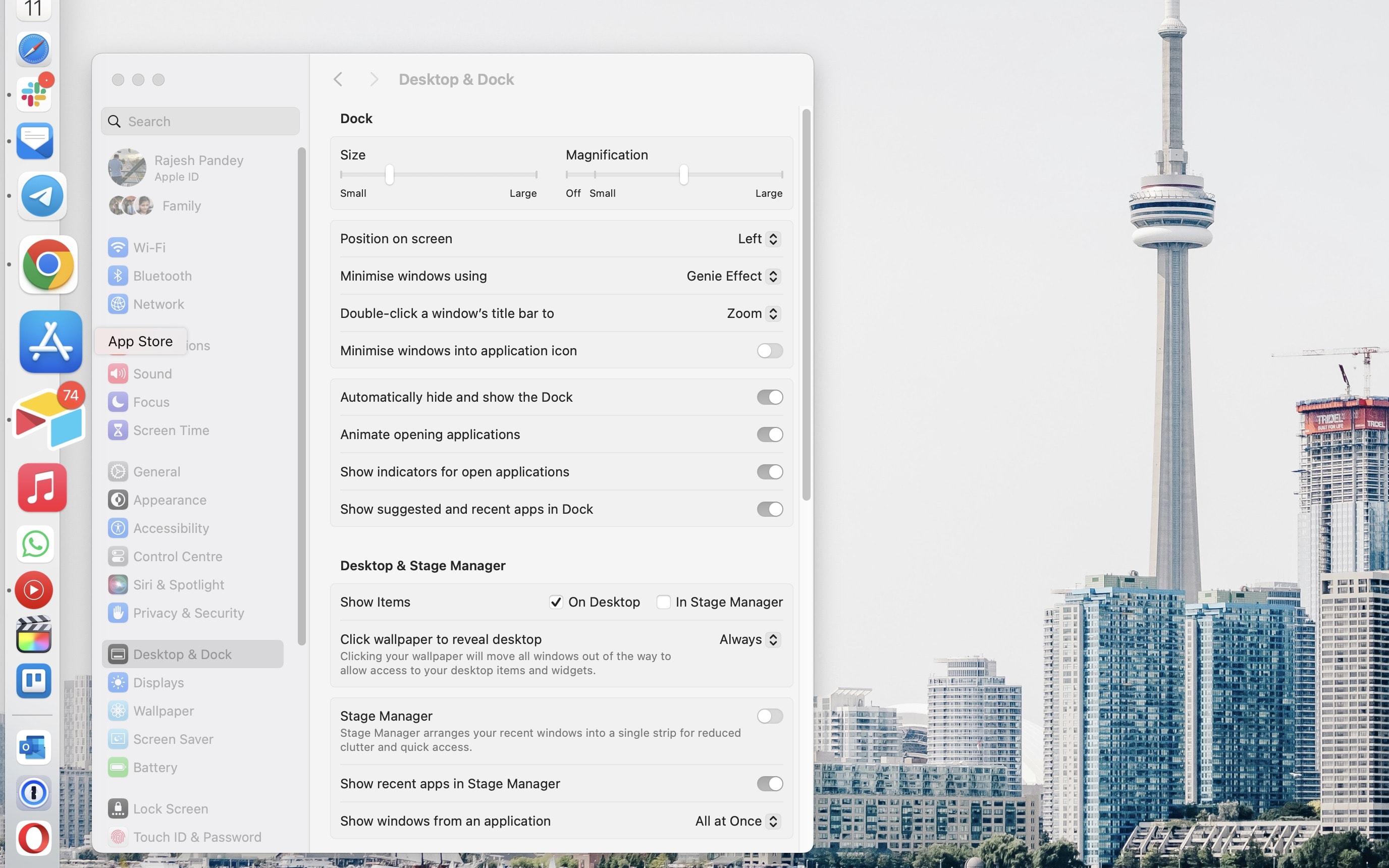[ad_1]
Sistema OM OM-1 II: Revisión de 2 minutos
Durante mucho tiempo ha existido una arrogancia en lo que respecta a los formatos de cámara que se remonta a la época del cine. Pero con la fotografía digital, aunque esto sigue siendo cierto hasta cierto punto, el panorama de las cámaras es muy diferente y las cámaras Micro Four Thirds (MFT) con sensores más pequeños suelen ser algunas de las cámaras más avanzadas disponibles.
La OM System OM-1 Mark II es una de estas cámaras, pero es solo una actualización incremental en comparación con la original. sistema OM-1 Es una gran promoción. Sin embargo, el nuevo modelo sigue siendo una de las cámaras tecnológicamente más avanzadas disponibles actualmente y ofrece características y funciones que fácilmente podrían tentar a los fotógrafos a alejarse de las cámaras APS-C de formato más grande y de fotograma completo, especialmente aquellos que buscan un sistema de cámara liviano.
El OM-1 II ofrece muchas de las mismas características que el original, incluido el mismo sensor retroiluminado de 20 megapíxeles con un sistema AF de 1053 puntos, 50 fps al disparar con AF continuo y filtros Live ND (basados en software). ) junto con un cuerpo protegido contra la intemperie IP53, por nombrar algunos. Las dos cámaras también lucen notablemente similares, casi idénticas, entonces, ¿qué tiene de especial la OM1-II?

No hay duda de que la OM-1 II es una cámara increíble que se maneja increíblemente bien y ofrece características y funciones que desearía que tuvieran las cámaras con sensores más grandes, muchas de las cuales cubriré con más detalle más adelante. Pero este nivel de funcionalidad no es barato: el precio solo de la carrocería es de $ 2,400 / £ 2,199 / AU $ 3,599.
Este precio la coloca en la misma categoría que muchas cámaras de fotograma completo de gama media, lo que puede parecer negativo cuando se obtiene un sensor mucho más pequeño. Sin embargo, obtienes un sistema de cámara más pequeño y liviano, que incluye lentes, que prefieren la mayoría de los fanáticos de OM. Es un sistema más compacto y fácil de transportar, capaz de fotografiar cualquier sujeto y excelente en fotografía de paisajes y vida silvestre.
Sistema de Ohmios OM-1 II: Diseño
Con su calidad de construcción robusta que ofrece resistencia a salpicaduras y polvo IP53, junto con su capacidad para soportar temperaturas bajo cero de hasta -14 °F / -10 °C, esta cámara compacta y liviana está diseñada para soportar los rigores de la fotografía al aire libre.
La OM-1 II es ligeramente más pequeña que una cámara sin espejo de fotograma completo promedio, además de más liviana con 1,32 libras/599 g, incluida la batería y la tarjeta de memoria. También hay dos ranuras para tarjetas SD para grabación y repetición dual.
A pesar de su tamaño ligeramente más pequeño, la cámara es cómoda de sostener gracias al agarre bien contorneado y a la excelente almohadilla para el pulgar en la parte posterior. Si puedes decir que una cámara se adapta a tu mano como un guante, esa es la OM-1 II.
Hay muchos controles directos para acceder rápidamente a la configuración principal de la cámara, y el sistema de menú en sí está bien diseñado y es fácil de navegar, lo que puede ser una característica que fácilmente se pasa por alto en cualquier cámara. Aunque el OM-1 II parece casi idéntico a su predecesor, los nuevos discos de goma proporcionan un agarre y una sensación general significativamente mejores.
Disparar con el OM-1 II es un placer absoluto, y el visor electrónico de 5,76 millones de puntos que ahora tiene una pantalla sin oscurecimientos cuando se dispara incluso a las velocidades de cuadro más altas disponibles proporciona una imagen maravillosamente clara y brillante.
La pantalla LCD en la parte posterior también es impresionante, pero como suele ser el caso, es menos precisa que el visor electrónico. La pantalla táctil de 3 pulgadas y 1.620.000 puntos es cómoda, clara y brillante, pero algunos de los íconos en pantalla son pequeños.
Lo único que no me gusta del diseño de la cámara es que el interruptor de encendido/apagado está en el lado izquierdo de la cámara, no en el lado derecho donde sostienes la cámara. La ubicación adecuada facilita el encendido y apagado de las cámaras cuando se levantan por el asa.
Pero si bien esto sería mucho mejor en mi opinión, la posición del interruptor definitivamente no es un factor decisivo y probablemente será algo a lo que te acostumbrarás si cambias de un sistema de cámara diferente.
Sistema OM OM-1 II: Rendimiento
Esta cámara debe gran parte de su destreza a la potencia computacional que incluye algoritmos de inteligencia artificial. No me refiero a la IA generativa para crear las imágenes, sino a la IA que ayuda con las funciones y el rendimiento de la cámara.
Un área donde esto se está aplicando es el reconocimiento de sujetos mejorado impulsado por IA, que se puede configurar para detectar seis sujetos diferentes, además de desactivarse. Esta detección de objetivos funcionó muy bien durante las pruebas y la configuración de las aves fue excelente para fotografiar la vida de las aves; a menudo se detectan sus ojos, lo cual es útil e impresionante al mismo tiempo.
Una de las nuevas características clave es Live Graduated ND, un tramado digital disponible en intensidades de 1 paso, 2 pasos y 3 pasos y se puede configurar en gradaciones suaves, medias o duras (consulte los ejemplos a continuación). Como fotógrafo de paisajes que utiliza filtros cuadrados, descubrí que estos ecualizadores digitales ofrecen gradaciones más duras que los filtros de vidrio, pero siguen siendo muy efectivos.
Lamentablemente, no existe una opción de gradación inversa para fotografiar el amanecer y el atardecer, aunque la gradación se puede girar en la mayoría de los ángulos. También tienes que disparar en modo manual para evitar que el primer plano tenga demasiado brillo, lo cual es un poco extraño porque esperarías que el algoritmo tuviera esto en cuenta. Sin embargo, es sin duda una característica impresionante.
El nuevo Live Graduated ND se suma al Live ND Shooting, que se ha ampliado a ND128/7 pasos con el OM-1 II para proporcionar capacidades de exposición prolongada en la cámara, así como disparos de gran apertura en condiciones de mucha luz.
La principal desventaja de estos dos filtros digitales es que no se pueden utilizar uno al lado del otro, por lo que los fotógrafos de paisajes deberán seguir utilizando filtros ópticos tradicionales en situaciones en las que necesiten utilizar filtros y clasificadores ND. Esperemos que se implemente el disparo dual en una actualización de firmware, si es posible sería algo especial.
Con 8,5 pasos de estabilización de imagen corporal (IBIS) de 5 ejes, el OM1-II supera a su predecesor en 1,5 pasos, gracias nuevamente al software en lugar de a una actualización de hardware. Sync IS también permite que IBIS funcione junto con la estabilización óptica disponible en las lentes, por lo que cuando utilicé el OM System 150-600 mm F5.0-6.3 IS, por ejemplo, pude disparar a 600 mm (equivalente a 1200 mm) sin trípode. La velocidad es de hasta 1/200 de segundo, lo cual es sorprendente.
Por último, pero no menos importante, con muchos de los mismos conceptos básicos, p. sistema OM-1La calidad de la imagen es comparable y en general excelente. El manejo de ISO es mejor hasta ISO 1600 y puedes disparar con confianza hasta ISO 6400 cuando sea necesario, aunque como cualquier cámara, siempre es mejor disparar con el ajuste ISO más bajo posible para el sujeto y la situación que estás fotografiando.
Luego está el algoritmo AWB avanzado que pretende garantizar una reproducción precisa del color, que en realidad hace un gran trabajo y fue perfecto o mínimo durante las pruebas. Sin embargo, la captura de video también ha experimentado algunas mejoras. 4k La captura sigue siendo de hasta 60 fps, donde es preferible 120 fps para la captura en cámara lenta.
¿Debo comprar el sistema OM OM-1 II?

Cómpralo si…
No lo compres si…
Cómo probé el sistema OM OM-1 II

Probé el sistema OM-1 II durante varias tomas que cubrían diferentes temas para probar las características, el manejo y la calidad de la imagen. La mayoría de las fotografías se tomaron simplemente para ver cómo se comportaba la cámara en diferentes situaciones, mientras que otras se tomaron específicamente para poder evaluar los resultados.
Este enfoque brinda la capacidad de probar todos los aspectos de la cámara en un entorno del mundo real más cercano a cómo los fotógrafos usan la cámara, en lugar de depender de estadísticas y gráficos de lentes que brindan información increíblemente útil, pero lo hacen de una manera que elimina el elemento. de interpretación subjetiva.
Con casi 30 años de experiencia en fotografía y 15 años trabajando como periodista fotográfico, he cubierto casi todos los temas fotográficos imaginables y he utilizado muchas de las cámaras y lentes lanzados en ese momento. Como fotógrafo en activo, también soy consciente de los factores que son más importantes para los fotógrafos y mi objetivo es probar cámaras y lentes de una manera que refleje esto.
Primera revisión en febrero de 2024
[ad_2]
Source Article Link






















